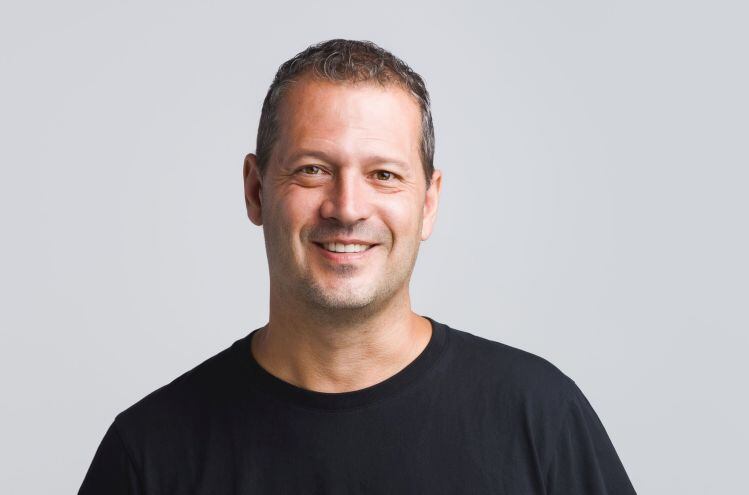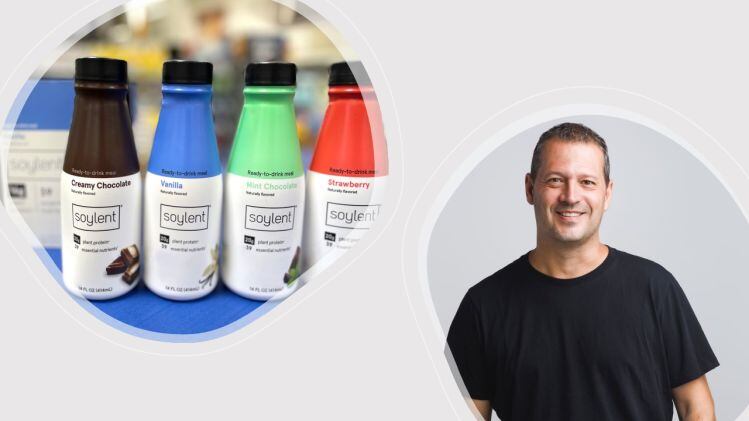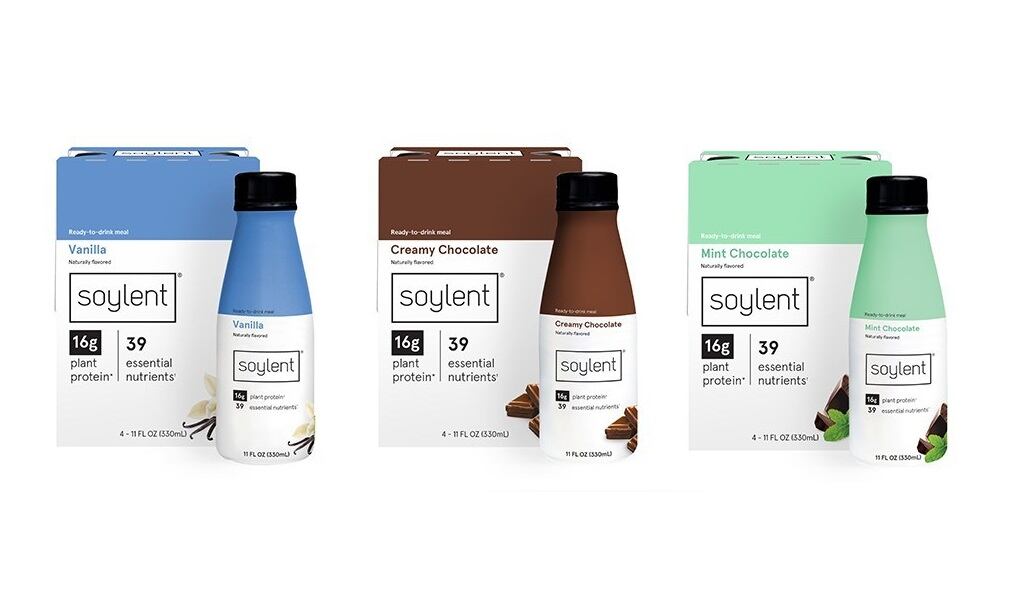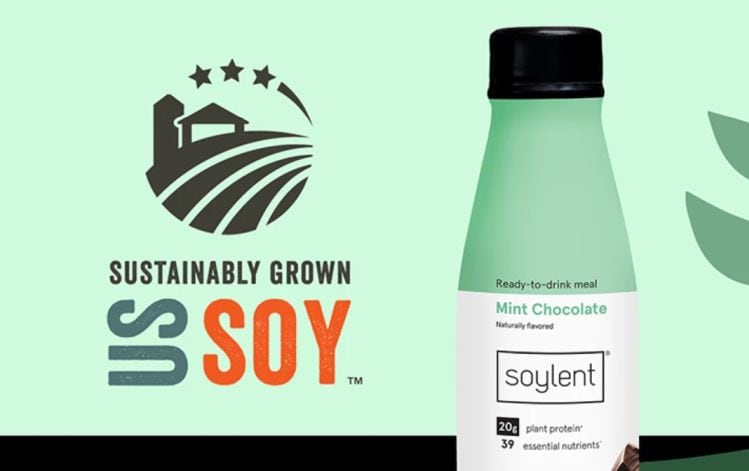Vangelov did not comment on a recent article in Bloomberg claiming Soylent is soliciting interest from strategic buyers and private equity firms, but said the firm had undergone a transformation over the past couple of years that has enabled it to weather the current inflationary and supply chain storm without raising prices.
“We are continuing to grow our top line double digits year on year, and we're maintaining our profitability,” he told FoodNavigator-USA. “We've been cashflow positive for more than a year and a half and we have been able to avoid price increases through finding savings in our supply chain to offset rising costs.”
‘We don’t use colored boxes to ship our product’
Vangelov - who joined Soylent in 2018 and became CEO in February 2020 - made a flurry of changes after taking the helm, from reformulating the core range to reduce sugar, to changing to a new co-manufacturer for powder, switching partners for fulfillment and warehousing, slashing spending on customer acquisition, and restructuring the management team.
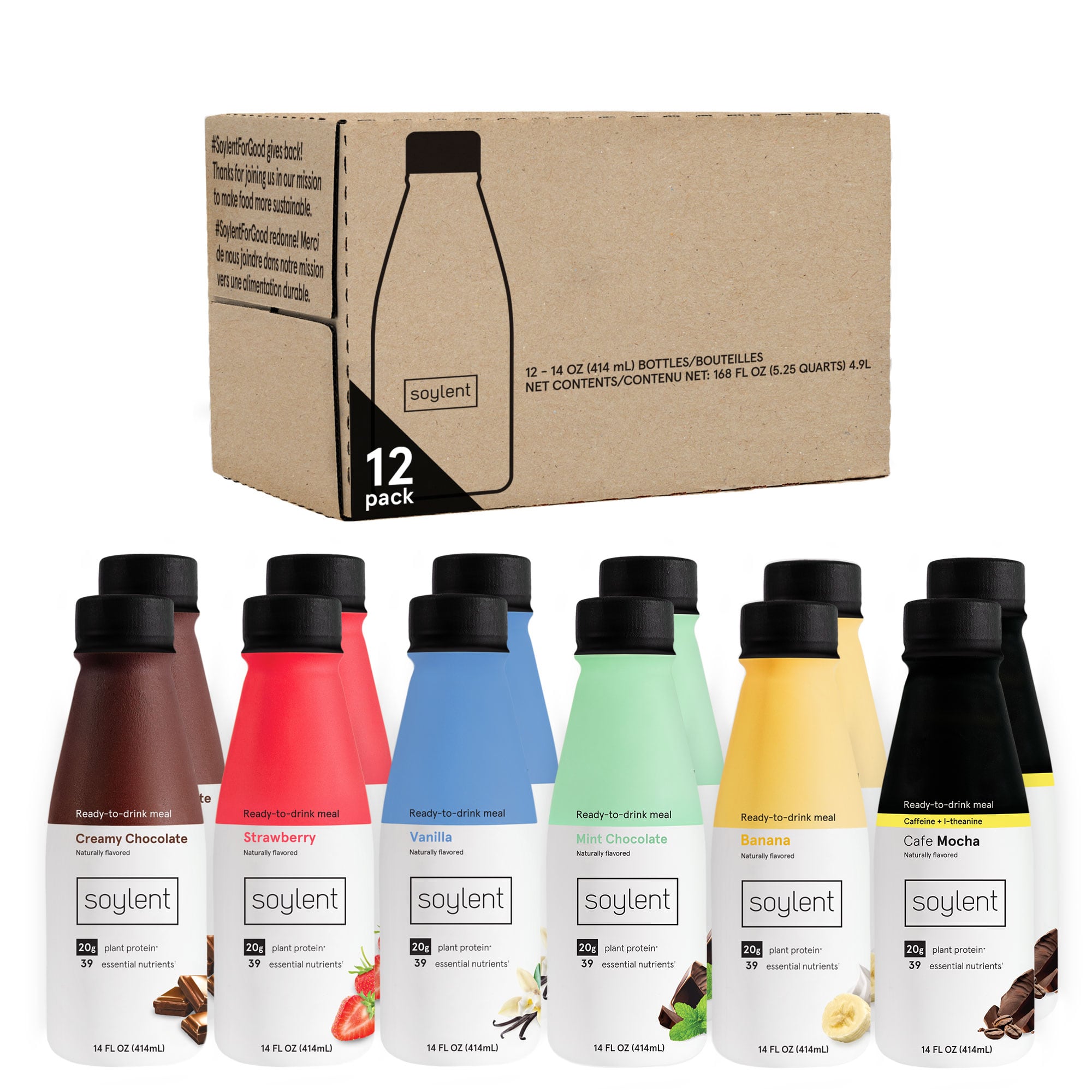
Many of these initiatives are now paying dividends, claimed Vangelov, who told us last summer that “We definitely had to change things around when I took over. Our sales were stagnant, we were not profitable, and we had to make dramatic changes or we would have run out of cash.”
Over the past couple of years, he explained, “We have optimized the way we shipped from our warehouses and become better at figuring out which freight companies to use, which packaging to use, and how to ship in the cheapest and fastest possible way, but we have also significantly reduced the packaging we use in our supply chain.”
He added: “We don’t use colored boxes to ship our product [for e-commerce, which generated about 80% of revenues in 2021, although that percentage is dropping as Soylent builds its retail business] and we have worked with Amazon and our own shippers to really try to minimize the total number of boxes used.
“You see many companies put a [printed colored] box in a [cheaper brown corrugate] box. We just use one brown corrugated box, which creates significant efficiencies.”
Soy vs pea protein
As for ingredient sourcing, he said, using soy rather than pea protein has also conferred something of an advantage in the current environment: “If you look at the commodity price of soy versus pea protein, it is astounding how beneficial having soy as an ingredient has been for us. And in terms of nutritional value [for plant-based protein], we have not been able to find anything better than soy.”
Soylent has five product lines:
- Soylent powder: 400 calories, 20g protein, 15g sugar
- Soylent complete meal RTD: 400 calories, 20g protein, 1g sugar
- Soylent complete protein RTD: 250 calories, 30g protein, 0g sugar
- Soylent complete energy RTD: 180 calories, 15g protein, 3g sugar
- Soylent squared bars: 100 calories, 6g protein, 1g sugar
‘Two thirds of our consumers are millennials or younger’
Soylent - which first gained a cult following among Silicon Valley programmers as a powdered meal replacement - has steadily evolved its format, product line up and messaging in recent years to reach a broader audience, with the bulk of business now coming from ready-to-drink protein beverages with wide consumer appeal, said Vangelov.
“The overall protein beverage space is growing and the plant-based sub segment is growing three times faster than the overall market. Overall, our customers are around 60:40 male to female, but our new consumers are 50:50. We also know that about two thirds of our consumers are millennials or younger, and that more than 40% of our consumers come to us via word of mouth.”
‘We're growing by consumption increases versus a discounting and distribution game’
There are lots of opportunities to grow distribution for Soylent’s RTD beverages in foodservice, the club channel, and c-stores, said Vangelov, who has picked up new accounts including Publix recently.
However, growth is being driven by strong velocities (units per store per week) at Soylent, which is backed by investors including Alphabet Inc.’s venture arm GV and Andreessen Horowitz.
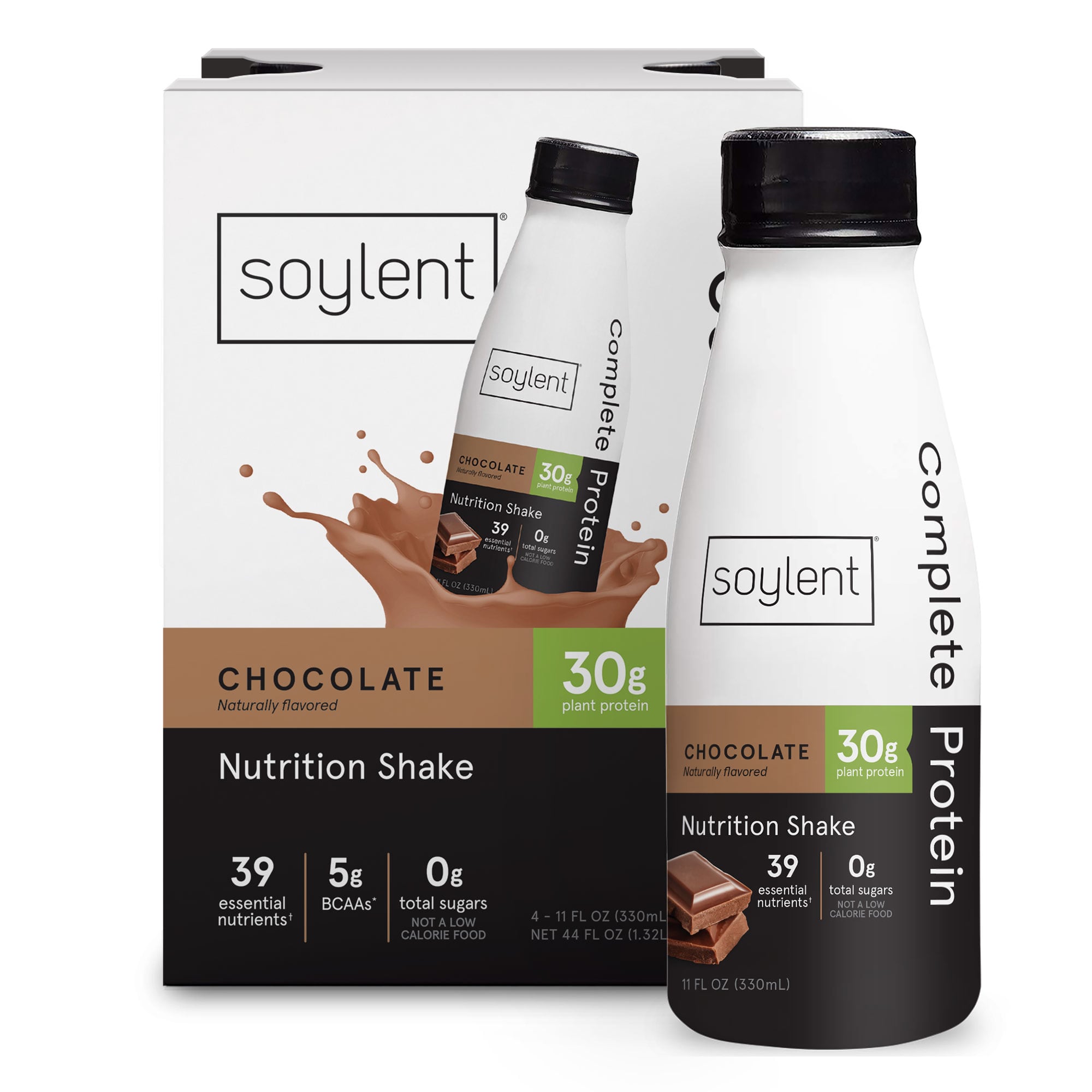
“We're growing by consumption increases versus a discounting and distribution game. If you look at the Nielsen data, we're growing on par or ahead of our competitors, but our discount rate has been significantly less.”
Strong performer: Soylent Complete Protein with 30g protein in 11oz bottle
Drilling down into individual products, he said, Soylent Complete (with 20g protein) and Soylent Complete Protein (with 30g protein) are driving the business.
“We have seen very good traction in some of our new retailers with our Complete Protein beverage (which contains 250 cals, 30g protein, zero grams of sugar in an 11oz bottle).”
Soylent Complete Energy (180 cal, 15g protein, 3g sugar with caffeine, l-theanine, l-tyrosine and alpha-GPC) is more of a work in progress, said Vangelov, who said Soylent is still learning how best to position this product, given that many consumers want protein and energy, but not necessarily at the same time, with some preferring to get their caffeine fix via coffee in the morning and their protein from a nutritional shake later in the day or after a workout.
Powders, meanwhile, still represent an important part of Soylent’s business, he said. “Powder serves a very specific consumer looking for value and it’s growing well for us. We’re the lowest-priced complete meal replacement powder on the market, and we’re pushing ourselves hard to maintain a price point which is attractive. But it’s a very competitive area as the barriers to entry are far lower [vs RTD beverages].”
Soylent bars, which have 100 calories, 6g of protein, and 1g sugar, are performing well online, but are not a top priority for the company, which sees the biggest growth opportunities in its RTD beverages, said Vangelov.
NPD: ‘We do have something very exciting that we're working on…’
So where else could the Soylent brand potentially go?
“We do have something very exciting that we're working on which I cannot share at this time, maybe towards the end of the year,” said Vangelov.
“But I think I think what we're seeing is protein and plant-based are two major consumption drivers we're observing today, so we're trying to figure out new consumption occasions and how to reach new consumers that may not be ready for a heavy milky protein shake.”
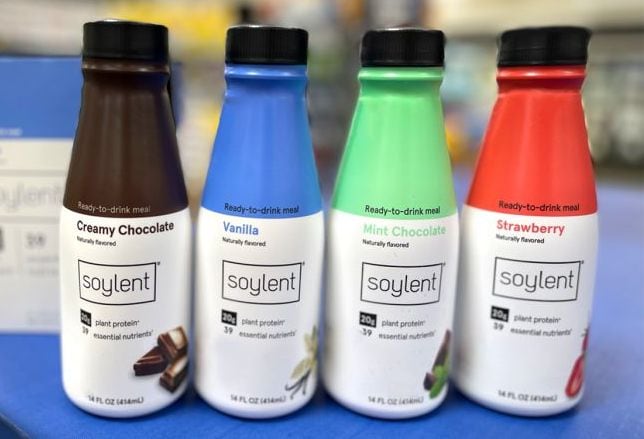
The brainchild of Rob Rhinehart, a software engineer who quit the day job in 2013 after deciding “to bet my life on the idea that food could be empirically rebuilt,” Soylent both intrigued and baffled trend-watchers in its early days with its bland-tasting beige powders, sterile packaging and “joyless” utilitarian ‘food as fuel’ philosophy (the idea being that you could consume Soylent exclusively and get all the nutrients you need).
However, it has steadily evolved its format, product line up and messaging in recent years to reach a far broader audience, with some consumers drinking Soylent regularly to replace a meal here and there; others consuming it in higher quantities for a short period to lose, sustain, or gain weight; and others using it as part of a nutrition plan that could span several days whereby they might splurge here and there and then drink Soylent intermittently to keep control of their calories and nutrient intakes.

